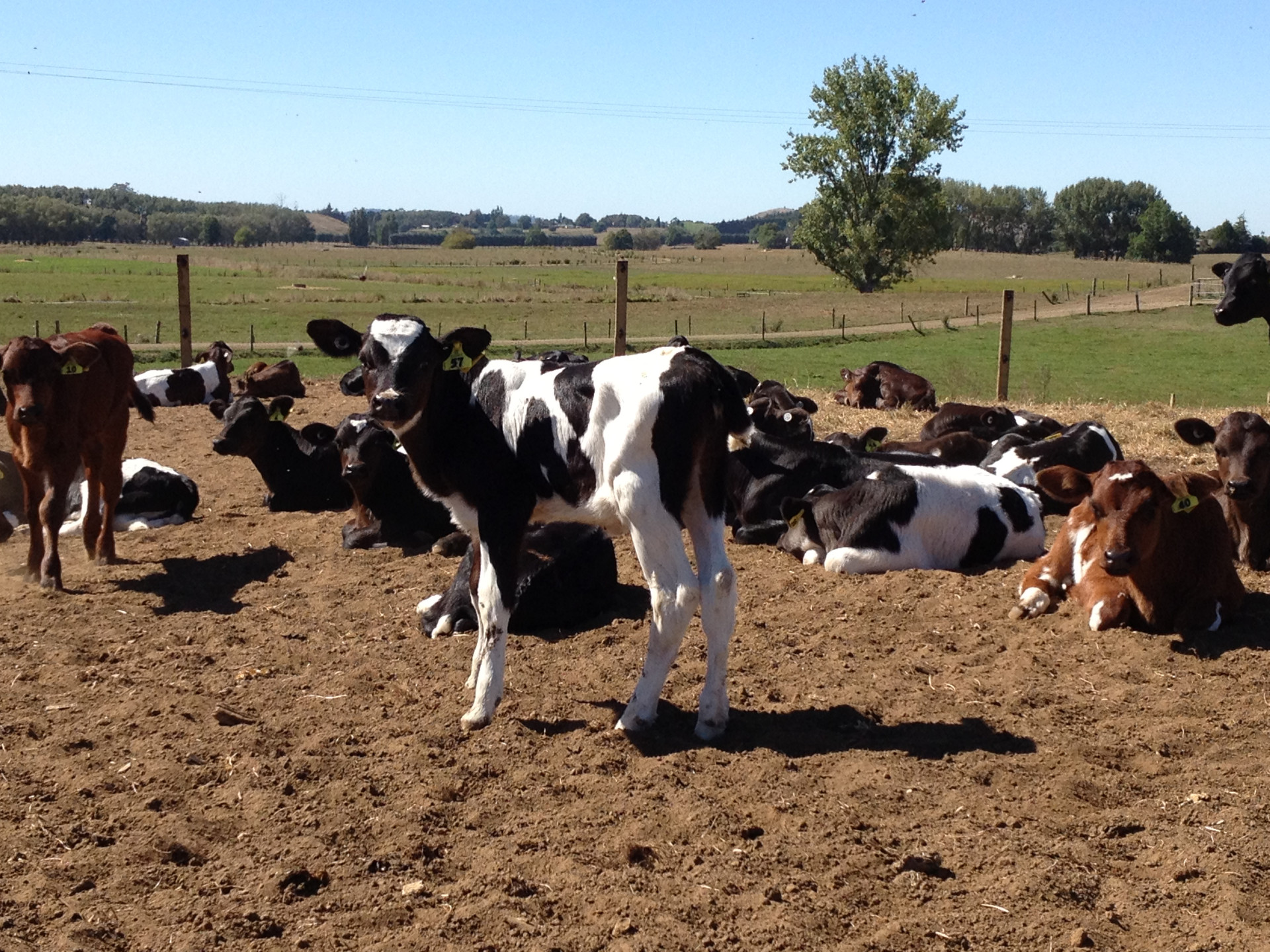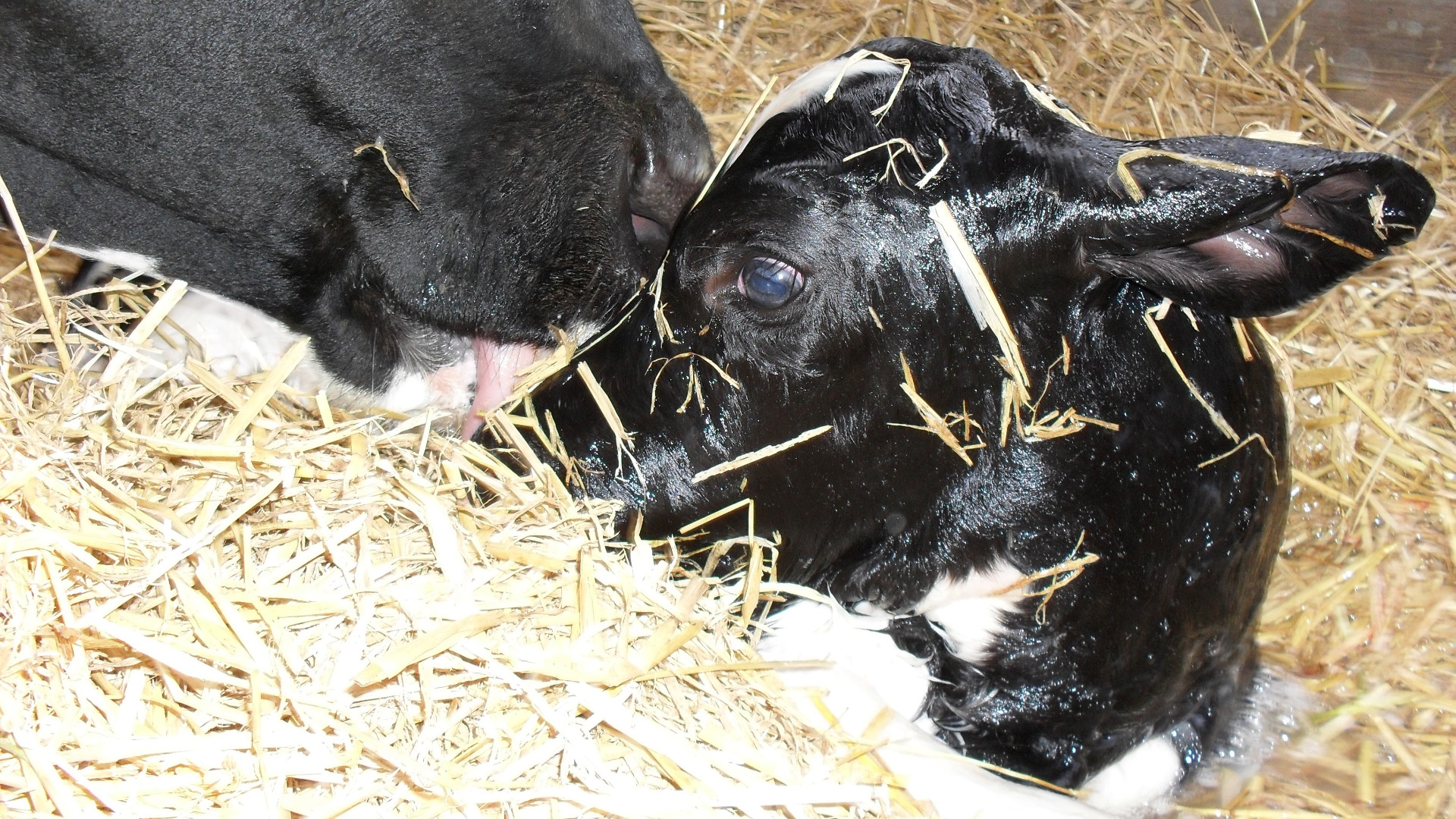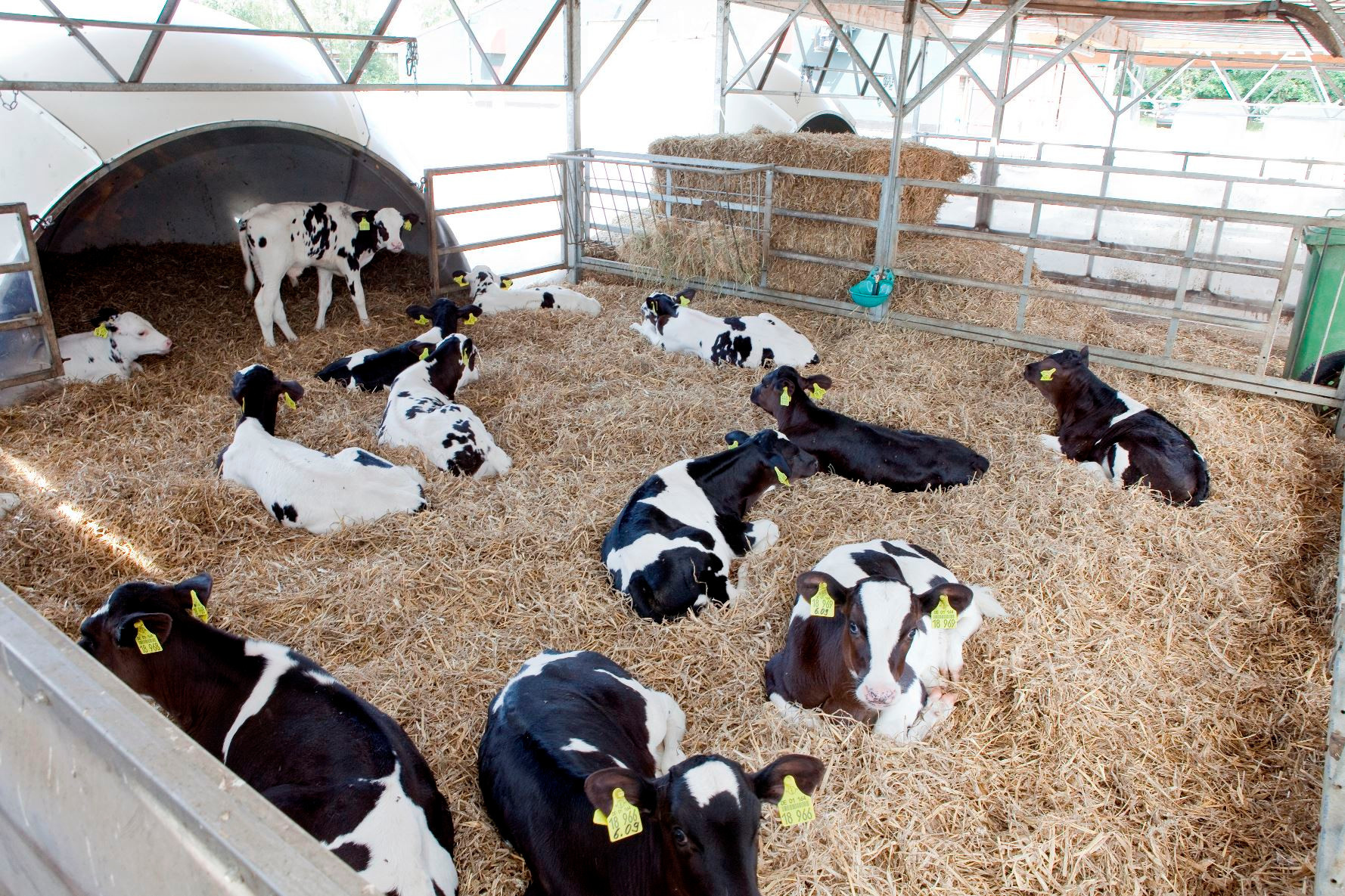Calf resilience
21. Juni 2024 — General Information, Calf Feeding, Calf Husbandry, Calf management — #Animal welfareWikipedia describes resilience [1] in humans as a process of adaptability in which people respond to problems and changes by adapting their behaviour. This process includes:
- the triggers that necessitate resilience (e.g. trauma or stressful situations)
- the resources that favour resilience (e.g. self-esteem, positive attitude to life, supportive social environment) and
- necessary consequences (e.g. changes in behaviour or attitudes)
- the resources that favour resilience (e.g. self-esteem, positive attitude to life, supportive social environment) and
Jane Buchholz studied this topic in calves as part of her bachelor's thesis "Resilience of calves - influencing factors and their significance” at the Kiel/Osterrönfeld University of Applied Sciences in 2023. Her aim was to enhance the understanding of the needs and requirements of calves and to identify possible measures to promote their resilience.
This is because too many calves are being lost on many farms. This results in both economic loss and adverse animal welfare conditions. So what can be done to minimise these losses? – Strengthening the resilience of the calves can provide a solution for long-term health.
Article content:
What does resilience in calves mean?
Resilience is the ability to cope with and recover from stressors, illnesses and other challenges in order to sustain normal development and health. Resilience can have an impact on the well-being, growth and productivity of calves. A good way of gaining an awareness of the specific needs of calves is to observe their natural behaviour.
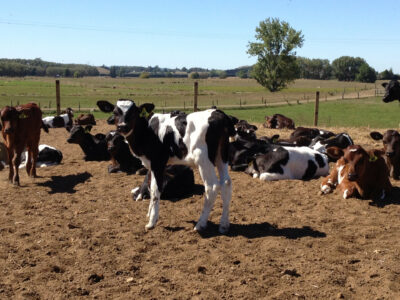
Knowledge of calves' natural behaviour makes it possible to create conditions that meet their needs and requirements. This can contribute to animal welfare and ensure healthier and more stress-resistant calves. Allowing calves to grow up in an environment that is close to their natural requirements enables them to cope more effectively with stressors. This can enhance their ability to adapt and improve their resistance to diseases and environmental influences.
Physiological resilience
Strengthening the resilience of calves does not just start at birth. The dry period of the mother cow already has an effect. It is extremely important to ensure an optimum supply of nutrients, attention to body condition and stress-free handling.
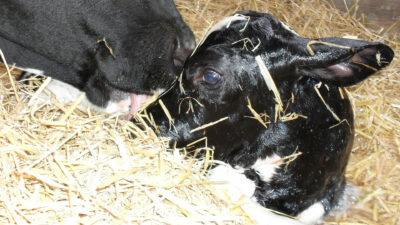
The birth should be monitored consistently and difficult births avoided wherever possible. Calves affected by difficult births require special attention to avoid harming their resilience over the long term.
Feed management in calf husbandry plays a crucial role in the health, growth and performance of the animals. It is particularly important to administer high-quality colostrum at an early stage. An adequate provision of colostrum is vital for the development of passive immunity. Balanced feed management helps to ensure that the calves receive the nutrients they need to maximise their growth potential. An adequate supply of energy, protein, vitamins and minerals is essential for the health of the calves.
Calves are naturally susceptible to pathogens before their immune system has fully developed. As a result, contaminated surroundings and poor hygiene practices can greatly increase the risk of infectious diseases.
Psychological resilience
Psychological stress can affect both health and performance. Besides the impact of stress hormones and other indirect effects on the immune response, the course of an infection can also be altered by the specific effect of stress mediators on bacteria.
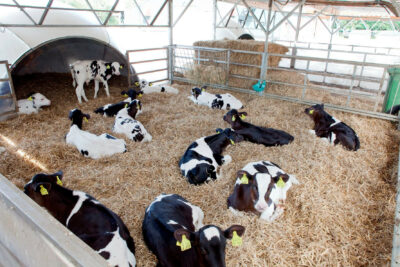
Housing-related stressors should be minimised in order to protect calves' health. Increased susceptibility to stress can lead to increased illnesses and more serious infections. Group housing at an early age can in turn have positive effects on how calves behave and develop, provided that this is accompanied by appropriate health measures.
The vast majority of dairy farms separate cow and calf immediately after birth. This type of separation is intended to ensure that the calf experiences little or no stress during separation. However, it is also means that no positive effects can be established through contact with the mother animal. Prolonged contact between cows and calves can promote calf growth, especially during the milk feeding period. Sudden separation of calves from their mothers can be accompanied by social and environmental stress factors that can have a negative impact on the animals' welfare. The added value of systems tied to the mother animal lies in the improved animal welfare for calves and cows. Maintaining suckler cows improves animal performance, especially the development and growth of calves, and can reduce farmers' workloads. However, the risk of direct disease transmission, the separation process between calf and cow and the loss of marketable milk are all immediate problems.
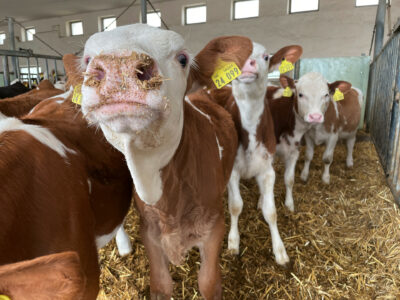
A resilient calf population is able to cope more effectively with stress factors, which in turn can reduce the risk of disease. Strengthening calf resilience can help to promote calf health, welfare and productivity and significantly reduce high mortality rates in calf husbandry.
The emphasis on resilience as a metric for assessing calf rearing underlines the need to focus not only on short-term performance criteria, but also on the calves' ability to adapt and recover. The sum of all these measures helps to increase calf resilience by promoting health and welfare. This not only increases the productivity and profitability of calf husbandry, but also that of the future dairy cow.
Many thanks, Jane, for providing this summary of your excellent bachelor's thesis.

